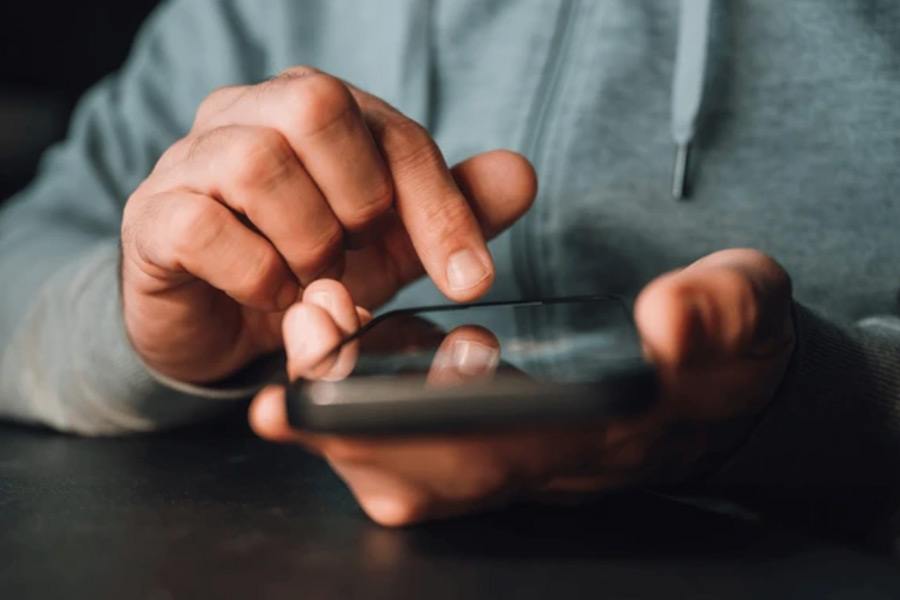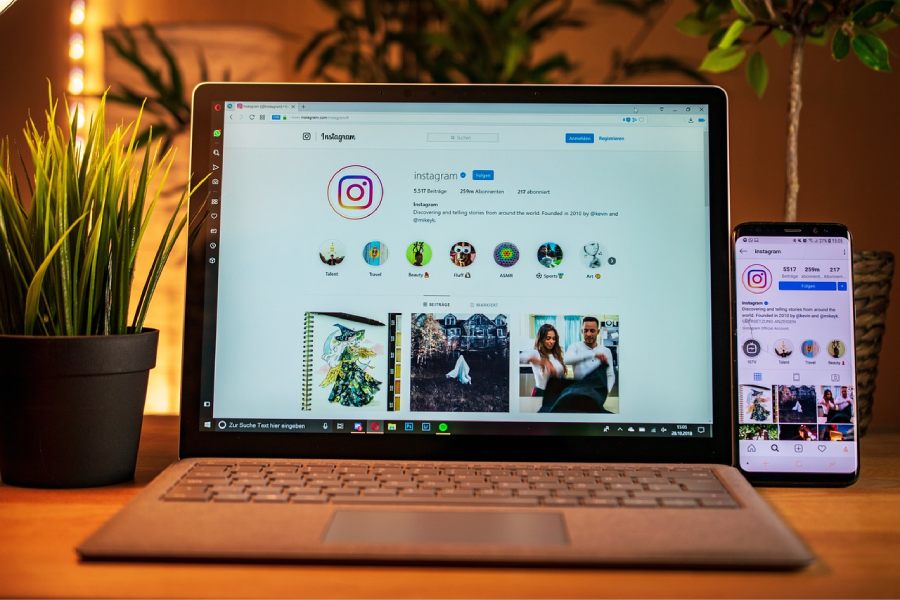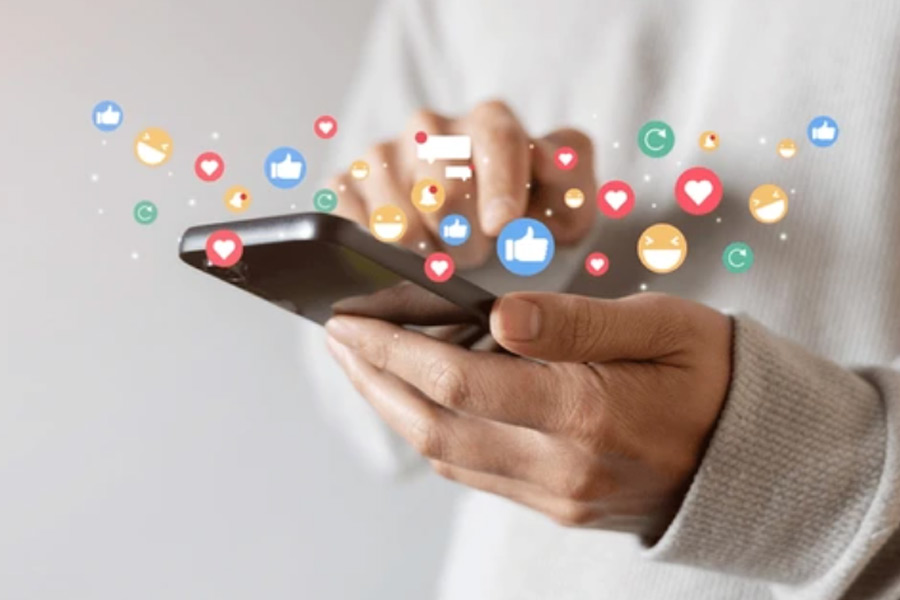Do you open Netflix, watch a few trailers, and bail out as you are not ready for a long-term commitment to TV content? If the answer to that is yes, this story is for you.
Your phone could be playing the spoilsport here.
Instantly-gratifying, quick 15-20-second videos have gradually become more alluring to many smart phone users, and this trend is only getting bigger.
Reels, on Instagram and Facebook, are no longer just 15-second clips. They are mirrors, reflecting insecurities, fears, heartbreaks and desires. For some, they even fill the void within, albeit temporarily.
When you’re hooked to short-form content, you unwittingly become a prisoner to algorithm-driven content pumped into your feed, say experts.
And this constant exposure to content — good, bad and ugly — may affect attention span, mood, emotional intelligence and even performance at work.
The beginning: TikTok out, Reels in

On June 29, 2020, India banned TikTok, wiping out a platform that had become both a creative outlet and a coping mechanism for millions. Instagram swiftly introduced reels to fill the vacuum, and we accepted it over other made-in-India apps like Moj.
During the Covid-19 lockdowns, with real life on pause, the virtual world became our main stage.
For content creator Anusmita Dutta, the transition from fun videos to a full-time profession began even before reels. “I used to do theatre in college and make Dubsmash videos. Later, it was Musical.ly and then TikTok. When everything went into lockdown, video-making became my escape. I was going through a lot personally, and creating gave me peace.”
Soon, she dropped her CAT prep plans to pursue content creation seriously. “Now, it’s a full-fledged industry. Back in 2019-2020, I saw the potential and decided to go all in,” she said.
Addiction in garb of harmless entertainment

What starts as harmless fun — short, relatable videos — quickly morphs into compulsion.
“People were sitting at home, making reels, getting famous, earning from it during lockdown. It was empowering at first. The fame was in our hands,” said psychologist Aparna Bhattacharjee, who watched the boom unfold through the lens of her clients’ lives.
“Initially, reels were exciting. Two seconds, three seconds — very digestible. But over time, it became addictive,” Bhattacharjee explained.
We don’t realise we are slipping in. A media professional in his late 40s shared, “I never watched Facebook videos before. But when I was jobless and stuck indoors for months, I began watching RJ Praveen clips and the Kapil Sharma show. It was my only laughter. Now I watch reels on cooking and painting. I won’t say I’m addicted, but I still scroll.”
This isn’t just a habit, it’s emotional dependence. “Stars are illusions, but these creators are real. They expressed things we couldn’t say. So we sent reels to our friends, saying: ‘This is me’. We didn’t realise when consumption turned emotional,” Bhattacharjee said.
Cracking the algorithm: Neverending chase for likes, views, shares
While viewers get engrossed in their phones, creators chase the algorithm. “What started off as a fun trend has become a powerful tool for branding and storytelling,” Anusmita shared. “But with that comes constant pressure—staying relevant, cracking the algorithm, competing for likes and followers. It can affect your mental health badly, leading to burnout, self-doubt, and anxiety.”
Psychiatrist Dr Jai Ranjan Ram described this performance anxiety vividly. “There are creators who film everything, dancing on the streets, acting absurdly, hoping for virality. There’s a belief that if you post enough, you’ll get famous. But most viral content is boosted or curated. The myth that anyone can go viral overnight is dangerous.”
He shared an example of a teenager who shaved her head and posted it online despite parental disapproval. “She said, ‘I got 64 likes’. That was enough. This shows how deeply social media has altered how young people value attention, and themselves.”
The watcher’s fatigue

Even those not posting reels are not immune. “If these reels are getting millions of views, it means someone’s watching,” said Ram. “And they are watching a lot.”
Reels have become our primary downtime fix on the commute, in the bathroom, and during breaks. “Phones are more accessible than ever. And the content spectrum is huge — from politics to pets. There’s always something to pull you in.”
The illusion of connection
Bhattacharjee, who treats several clients addicted to making reels, cautioned against linking self-worth to views and DMs. “Many creators feel seen only online. But if you are not grounded in real life, talking to family, and engaging offline, it becomes dangerous. The high of likes fades quickly.”
Food and travel blogger Pamela Nandi echoed the same opinion. “Reels create a buzz, yes. But they’re restricting. You have to compress your story into 30 or 90 seconds. With blogs, I can be expansive, tell the full story. That freedom is missing.”
When to unplug
While content creation can be beautiful and rewarding, creators need to draw boundaries, believes Anusmita, who has nearly 2.5 lakh followers on Instagram. “There’s joy in sharing your story, but not at the cost of your peace of mind.”
Bhattacharjee outlined red flags: time lapses, memory fog, neglecting relationships, and starting the day with your phone. “Begin with something real instead. Walk, read, talk. Then come to the phone. And even then, ask: am I learning, creating or numbing?”
“Social media hasn’t just changed how we communicate. It has changed how we see ourselves. And the mental health implications are only just beginning to show,” Ram concluded.
